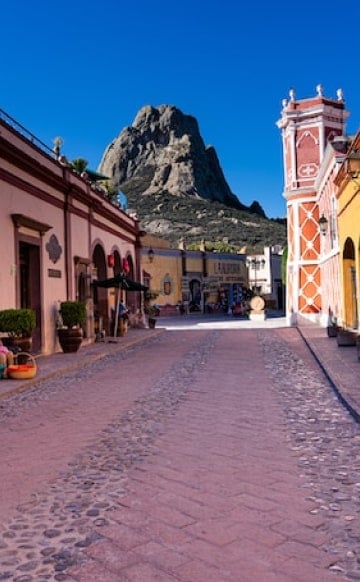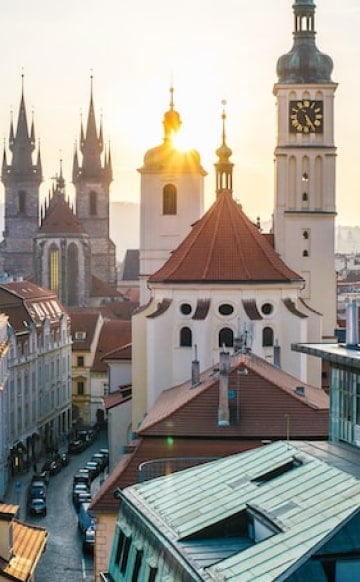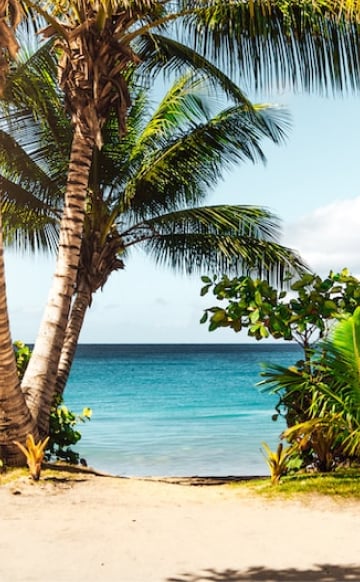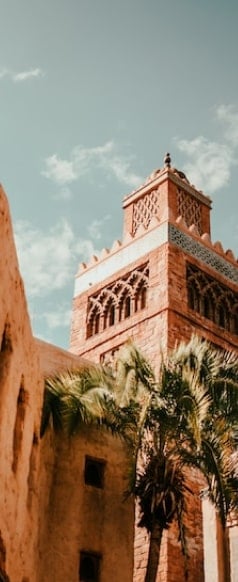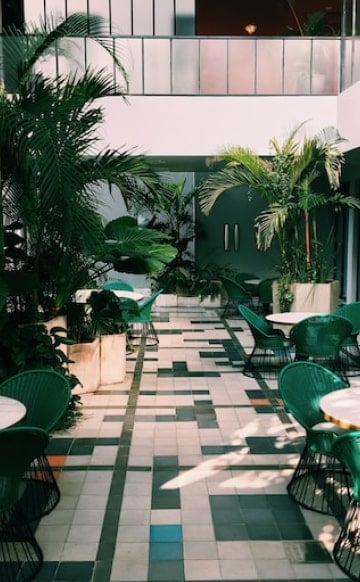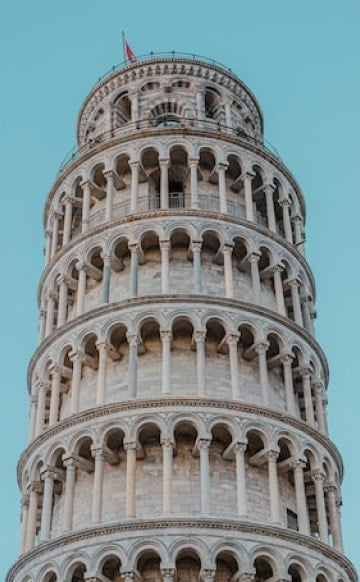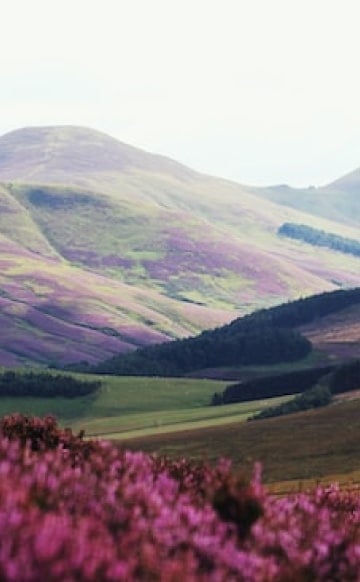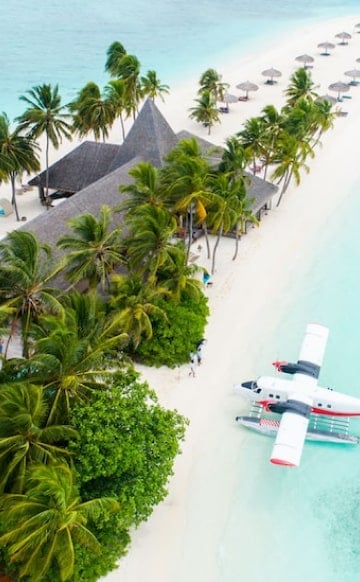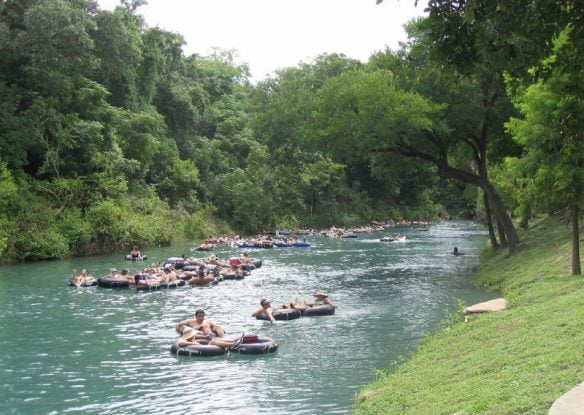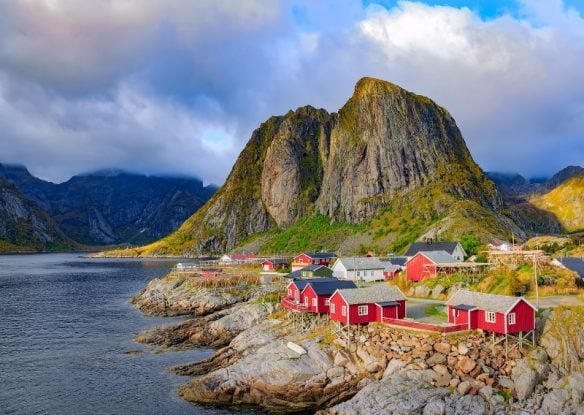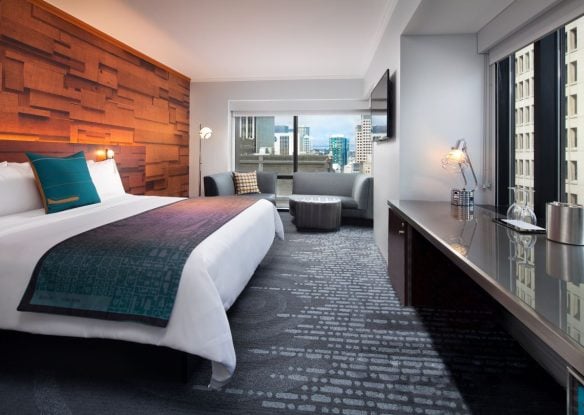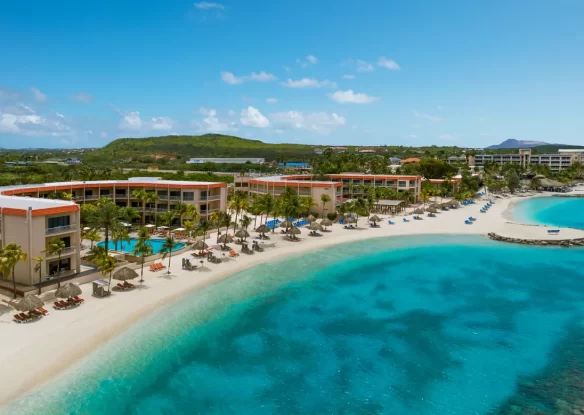When you think about Denmark, the capital city of Copenhagen and places like Aarhus most likely comes to mind, but the country offers a whole lot more than city delights. Why not delve deeper into the country’s hinterland to discover some of its less-visited gems. From charming medieval towns to villages surrounding by jaw-dropping natural beauty, many of Denmark’s treasures can be found within these destinations.

Gudhjem
Located in Bornholm, the sunniest region of the country, Gudhjem lies in the Baltic Sea and is famous for its powdery white sand beaches, dramatic chalk cliffs, lush forest and gorgeous natural light that attracts artists from across the globe to paint its beautiful landscapes. The prettiest harbor town in Bornholm, its steep streets and alleyways lead to the water, while its windmill serves as the crown, towering over the half-timbered houses. By climbing Bokul mountain, you’ll be rewarded with spectacular views of the town, the red roofs, the harbor and the sea beyond.

Ribe
The oldest town in Denmark is situated along the shores of scenic southwest Jutland. Especially picturesque with its harbor and cobbled streets, Ribe has a rich history and boasts a fascinating living Viking museum as well as a well-preserved medieval center. It was founded in the early 8th century, and its impressive Ribe Cathedral that dates back to 860 AD still stands today and offers beautiful views from its tower. Other highlights include the Wadden Sea Centre, a visitor center for the largest, flattest and wettest National Park in Denmark, and excursions to the nearby island of Mando, one of the Wadden Sea islands.

Mariager
Mariager is an attractive rural town town known as the City of Roses. It dates back to the early 15th century and features gorgeous rose bushes that add color to the cobblestone streets and timber homes. Once a simple fishing village, today it’s a vibrant community with a wealth of attractions, including rides on the Mariager-Handest Vintage Railway bringing passengers through a stunning fjord landscape as well as the quirky Mariager Salt Centre, a museum focused on the impact and history of salt.

Soro
Soro sits among the tranquil countryside of rural Zealand and dates back to the the mid-12th century. Perhaps best known as the home of Soro Academy, a boarding school that’s been around for over 400 years set at the edge of Lake Soro, the town offers a thriving cultural scene that includes a variety of festivals, like the Soro International Music Festival, a celebration of classical music hosted in the summertime inside the medieval church known as Sorø Klosterkirke. Its art museum, Soro Kunstmuseum, sits inside a grand neoclassical building and showcases a representative collection of Danish art as well as a collection of Russian art. It also hosts special exhibitions with displays of classical and contemporary works.

Ebeltoft
Ebeltoft is an alluring town with quaint cobbled streets and crooked old houses, and enjoys the honor of being home to one of the world’s largest wooden warships. Often referred to as one of the nation’s most beautiful places, particularly when the hollyhocks bloom in the spring, in the summertime the streets are bursting with music, and thousands of visitors who come to enjoy it. Ebeltoft’s tiny city hall, built in 1789, now transformed into a museum that includes the original dungeon, reached through a trap door in the floor of the reception hall, is a must-experience.

Dragor
Although it’s only a short drive from Copenhagen, Dragor is a welcoming, laid-back village that feels as if it’s worlds away from the busyness of the big city. Dating back to the 12th century, it was once considered one of the country’s most important fishing ports. Today, the town’s maritime past is celebrated at Dragor Museum and Herring Day, a seafood and music festival hosted each year in August. Throughout the year, you can enjoy browsing the shops and art galleries that line the main street, marvel at the pretty yellow houses with red tile roofs and explore local museums in the harbor area. One of the highlights for history buffs is the Amagermuseet, a historical museum located in two old farm houses which details the Dutch history of immigration on the island.

Hornbæk
Located in North Zealand in an area often referred to as the Danish Riviera, Hornbæk is an idyllic seaside town and resort that lies only a short distance from the shores of neighboring Sweden. Clustered around a picture-perfect expanse of white sandy shoreline and sheltered by sand dunes, the town’s natural harbor saw it develop into a thriving fishing village before the area’s striking natural beauty made it a popular tourist destination. Today, Hornbæk caters to those with cosmopolitan tastes with a collection of upscale restaurants and enticing independent shops, while the Hornbæk Plantation on the outskirts of town offers rugged beauty to explore.

Aroskobing
Situated on the Baltic Sea island of Aro, Aroskobing was recently voted the best island in the country in a Go Denmark poll. Its quaint cobblestone streets, vibrantly-hued beach huts along its scenic shores, a lovely town square that hosts a farmer’s market featuring the best in local produce, and romantic 18th-century homes, led it to be named the “Fairy Tale Town of Denmark.” It’s also been honored with the prestigious Europa Nostra Award, thanks to its efforts in preserving local history.

Faaborg
A bustling port town in the 17th century, today Faaborg offers a peaceful escape from the hustle and bustle of Copenhagen, tucked in the rolling countryside on Funen Island. The quintessential Danish town, it’s the childhood home of Hans Christian Andersen, with its red-tiled roofs, vibrantly painted Scandinavian buildings with beautifully detailed doors and half-timbered houses that line cobbled streets, while swans glide across tranquil bodies of water. In the old town, the main pedestrian shopping street is closed to vehicles providing a wonderful place to stroll, popping into cafes, coffee shops, art galleries and boutiques.


